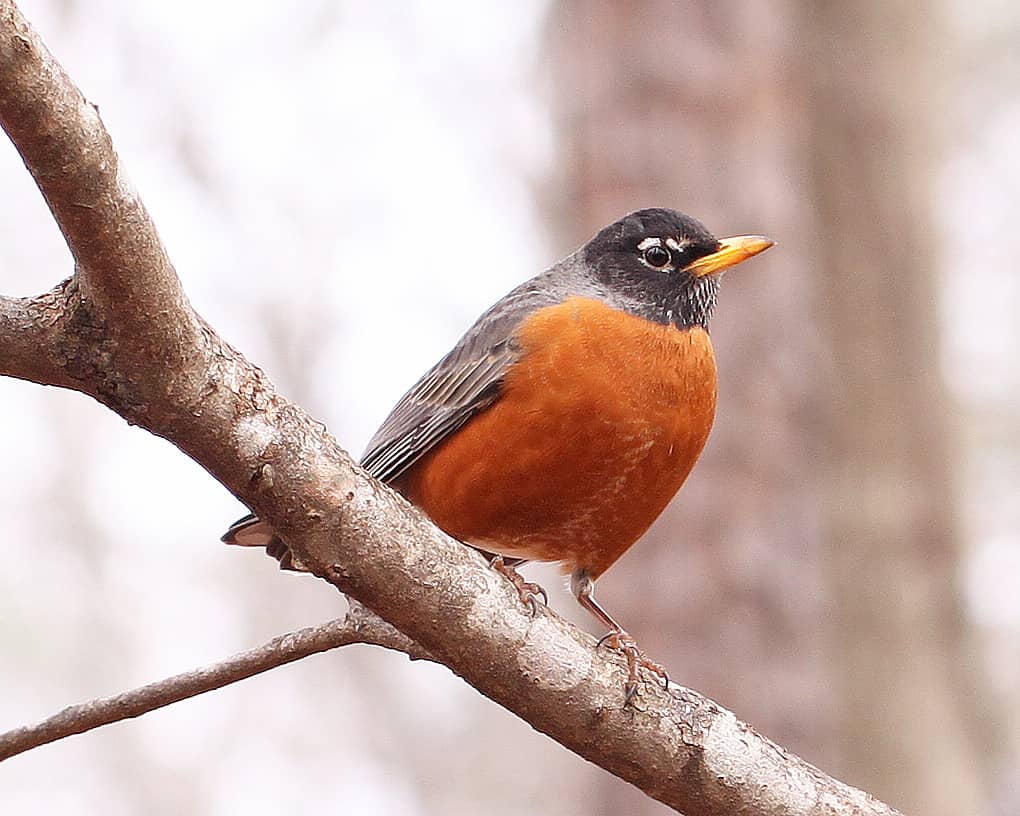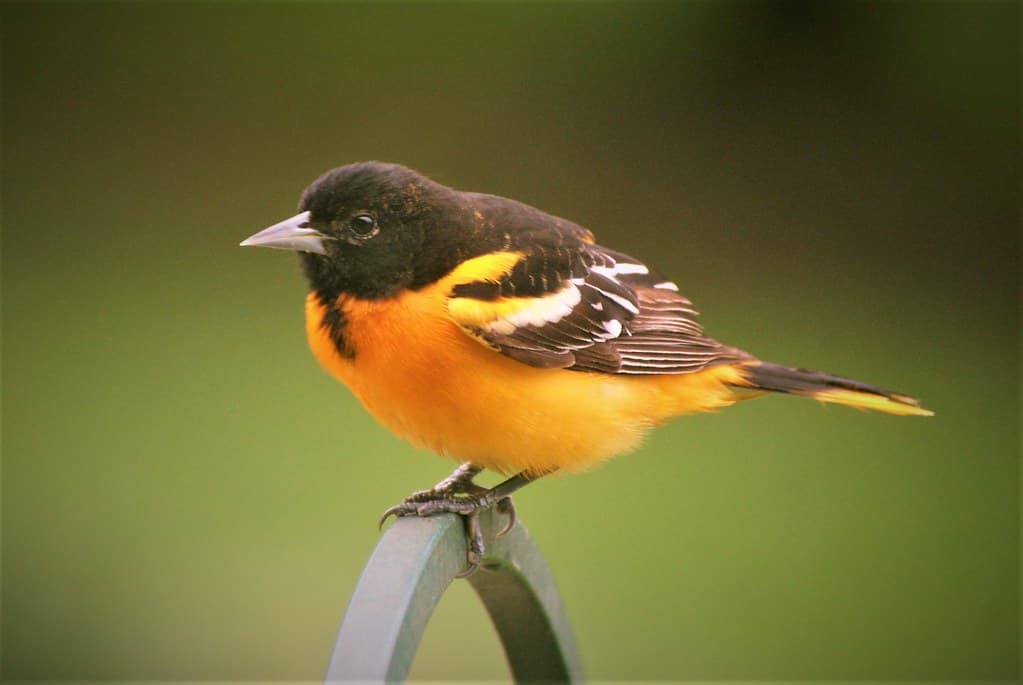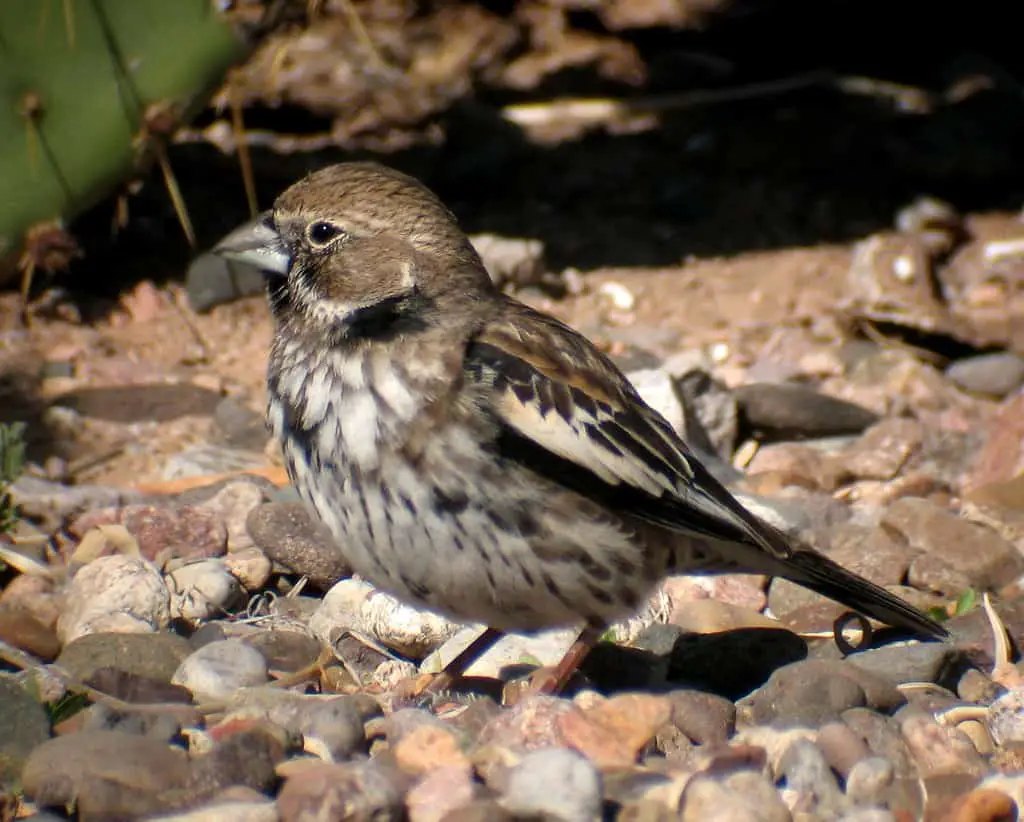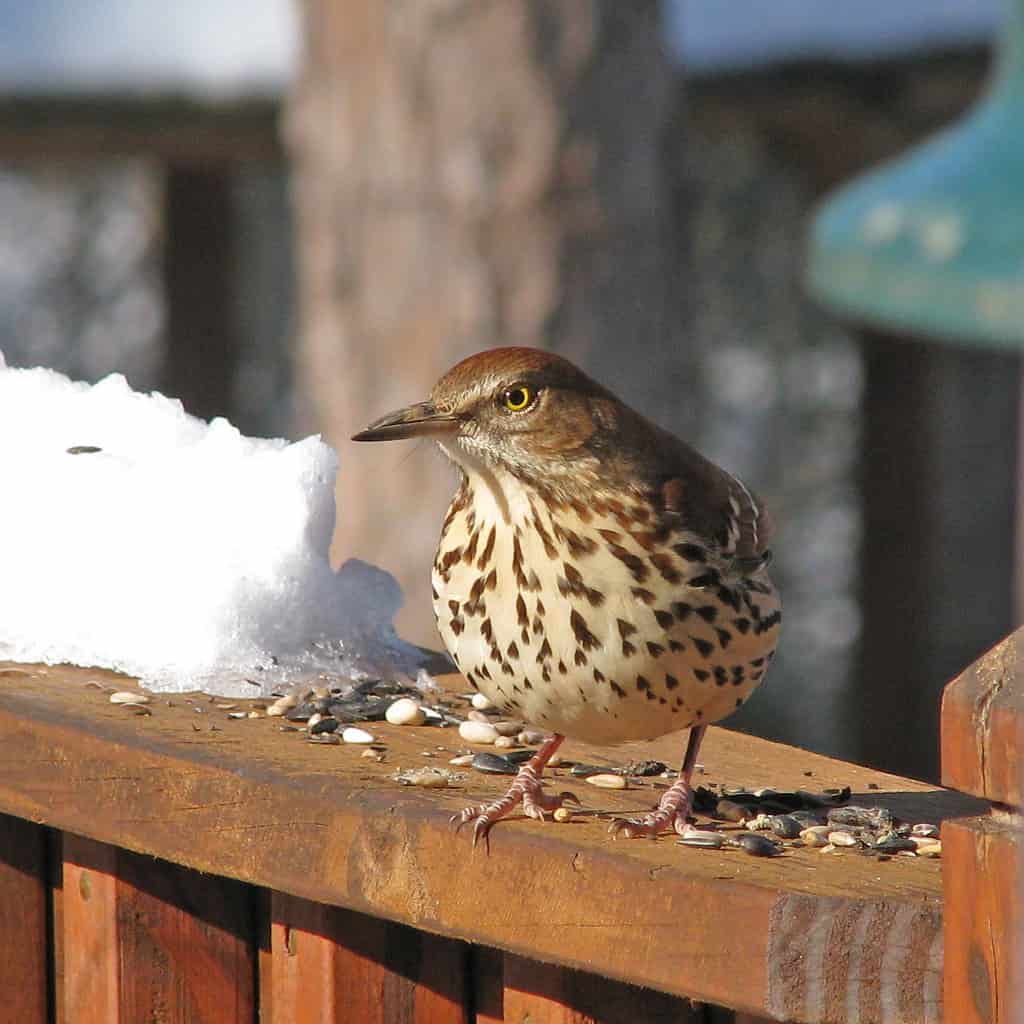During the spring season, Connecticut state bird species can be seen throughout the state. Some common species include the American robin, Baltimore Oriole, and Lark bunting. The American robin is a migratory bird named after the European robin. It is a member of the Turdidae family and the valid thrush genus.
American robin
Among the first birds to chirp out of hibernation, the American Robin is a welcome sign of spring. It is a songbird that is common in many parts of North America. Its call, known as the "hip-hip-hip," is a low, warbling song used to attract mates.
The American Robin is a very common backyard bird. It is also a typical visitor to bird feeders. It is also common in urban areas and farmlands.
The American Robin is an omnivore, and it eats worms, fruit, berries, and grasshoppers. Its diet changes depending on the geographic location. It is also known to be sensitive to pesticide poisoning.
During the breeding season, American robins stay in pairs. They typically lay three to five eggs. The young robins leave the nest after they grow feathers and become independent. They then join the male roost.
Baltimore Oriole
Among the blackbirds, the Baltimore Oriole is one of the most colorful and strikingly distinctive inhabitants of the eastern United States. It is often seen in the state flower, the state flag, and the state seal. It is a member of the blackbird family, Icteridae, and is known for its beautiful song.
The male Baltimore Oriole has a solid black head with a white wing bar. His feathers are orange and black with a white wing bar.
The female Baltimore Oriole is a duller orange with a white wing bar. Her feathers are a brownish-olive color. The state bird of Maryland, the Baltimore Oriole, is a member of the blackbird family.
The Baltimore Oriole is a migratory bird found throughout the eastern and central United States. It migrates south to the Caribbean and Central America during the winter. However, it is more common to see birds in the eastern United States during the summer.
Lark bunting
During the courtship season, male Lark Buntings perform spectacular courtship flights. The song is an elaborate melody with several notes, notable differences in pitch, and a pronounced time between notes.
A lark bunting is a medium-sized songbird belonging to the sparrow family. These birds live in open prairies and grasslands of the mid-western United States and western North America. Their diet consists mainly of insects. They also eat seeds. They are also known as prairie bobolinks. The female lays two to six pale blue eggs. The young lark buntings take about one week to leave the nest.
Lark buntings are sociable birds that live in flocks of up to several hundred birds. The nests are typically under low-lying branches or shrubs and lined with animal hair.
Brown thrasher
Conclusion
The Connecticut state bird species makes for interesting trivia, and it's also a fantastic way to start a conversation about wild birds for younger children. It's not only a way to make learning fun, but you're also able to point out birds in the wild and see native Connecticut species of birds up close.
In the end, these birds are certainly beautiful creatures to behold. Nature has a way of surprising us, and though you may not have thought twice about which was the state bird of Connecticut, there are certainly some interesting choices at play here.













